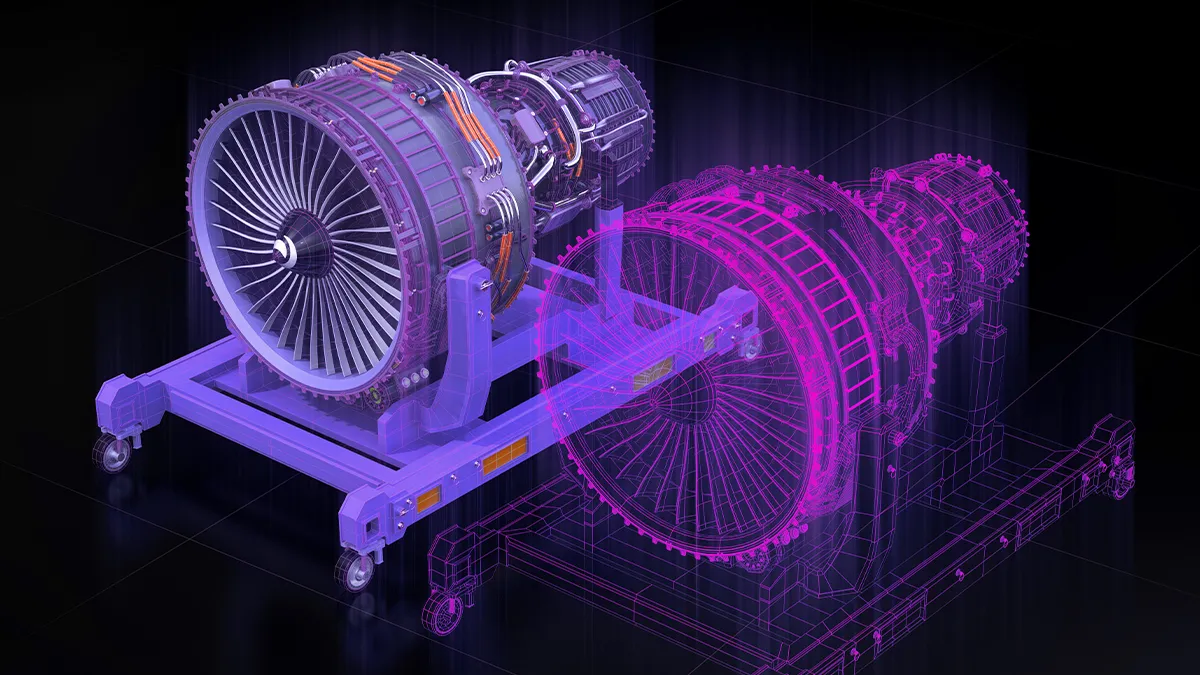Imaging Technology
Ceyeborg’s experts carefully select the suitable imaging sensor and camera lens for detecting events and anomalies in your facility or manufacturing environment. The sensor’s resolution and sensitivity determine how well features and defects are captured, while the lens’s focal length and aperture impact focus and clarity. Pairing these with the correct lighting setup is equally vital, as proper illumination exposes features effectively, enhancing defect detection and measurement accuracy in our in-line quality inspection stations.
This comprehensive approach ensures better quality assurance and directly improves the performance of AI algorithms processing the events taking place in their deployment environment.
Dive deep into developer mode >

Imaging Technology
An appropriate imaging sensor with high-resolution capabilities and optimal lens parameters (e.g., focal length, aperture) is critical for precise feature detection and defect analysis in quality control applications. Advanced lighting techniques such as dark field illumination or structured lighting enhance the visibility of surface features and defects, thereby improving the AI’s performance. For example, dark field illumination highlights irregularities by illuminating the subject from oblique angles, effectively capturing subtle variations in texture or surface topology.
Additionally, integrating polarized cameras and polarization filters can further enhance image contrast and reduce glare by selectively blocking unwanted reflections, thus improving the visibility of surface details and defects. This optimized visibility allows the AI algorithms to more accurately detect and analyze features, leading to more reliable and precise quality control outcomes.
Ceyeborg’s experts meticulously analyze your specific use case and requirements before selecting the optimal sensor and lighting setup. These setups are then precisely modeled in CAD, ensuring that every hardware station is accurately designed to house the sensors, lighting, custom PCBs, and AI inference stations before manufacturing begins. This thorough planning and modeling phase guarantees that the final setup is tailored to expose the critical details you are interested in detecting and logging, ensuring maximum efficiency and accuracy in real-world applications.
< BACK TO MANAGEMENT MODE

Dive deep into
developer mode
Back to
management mode







